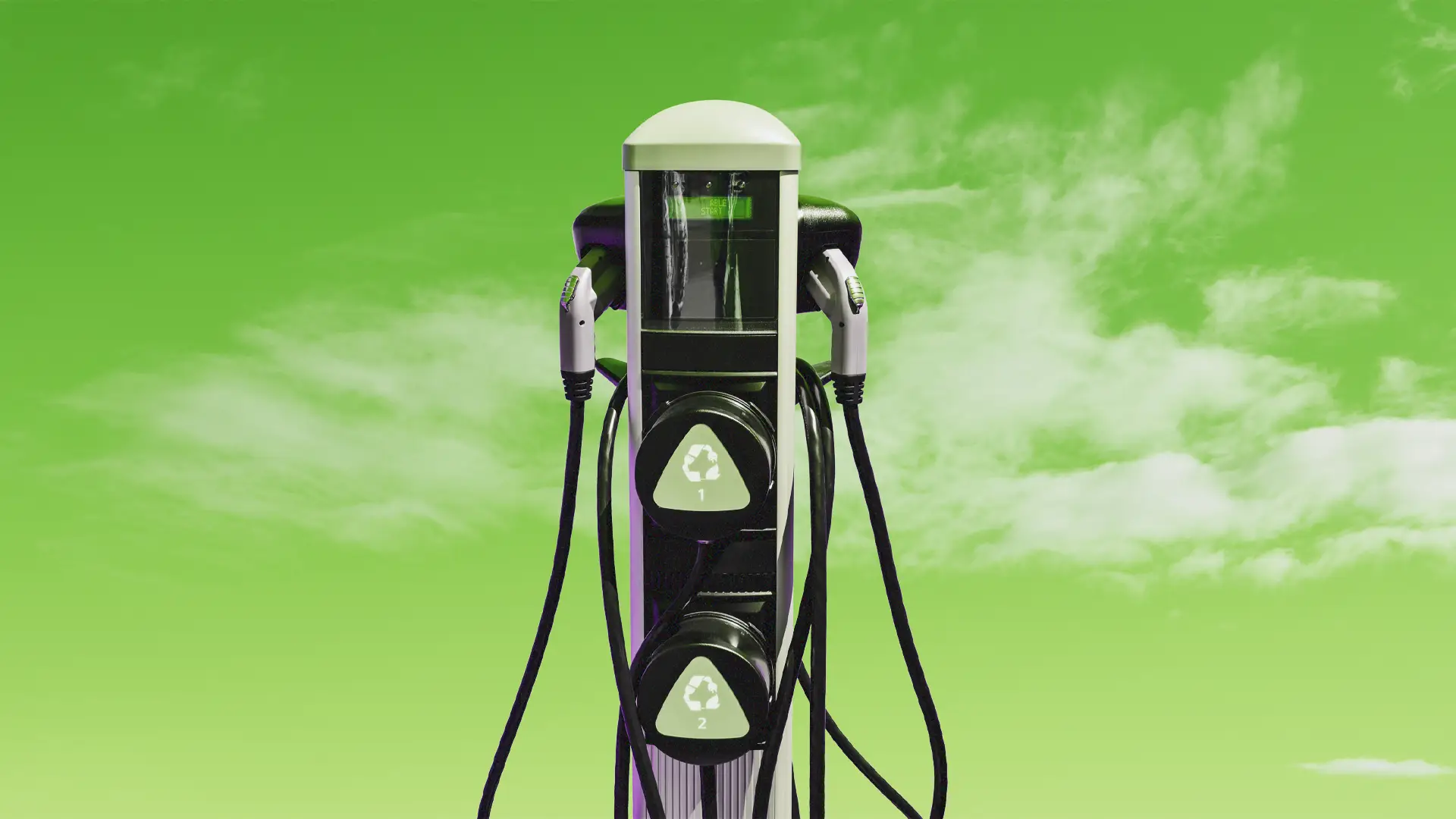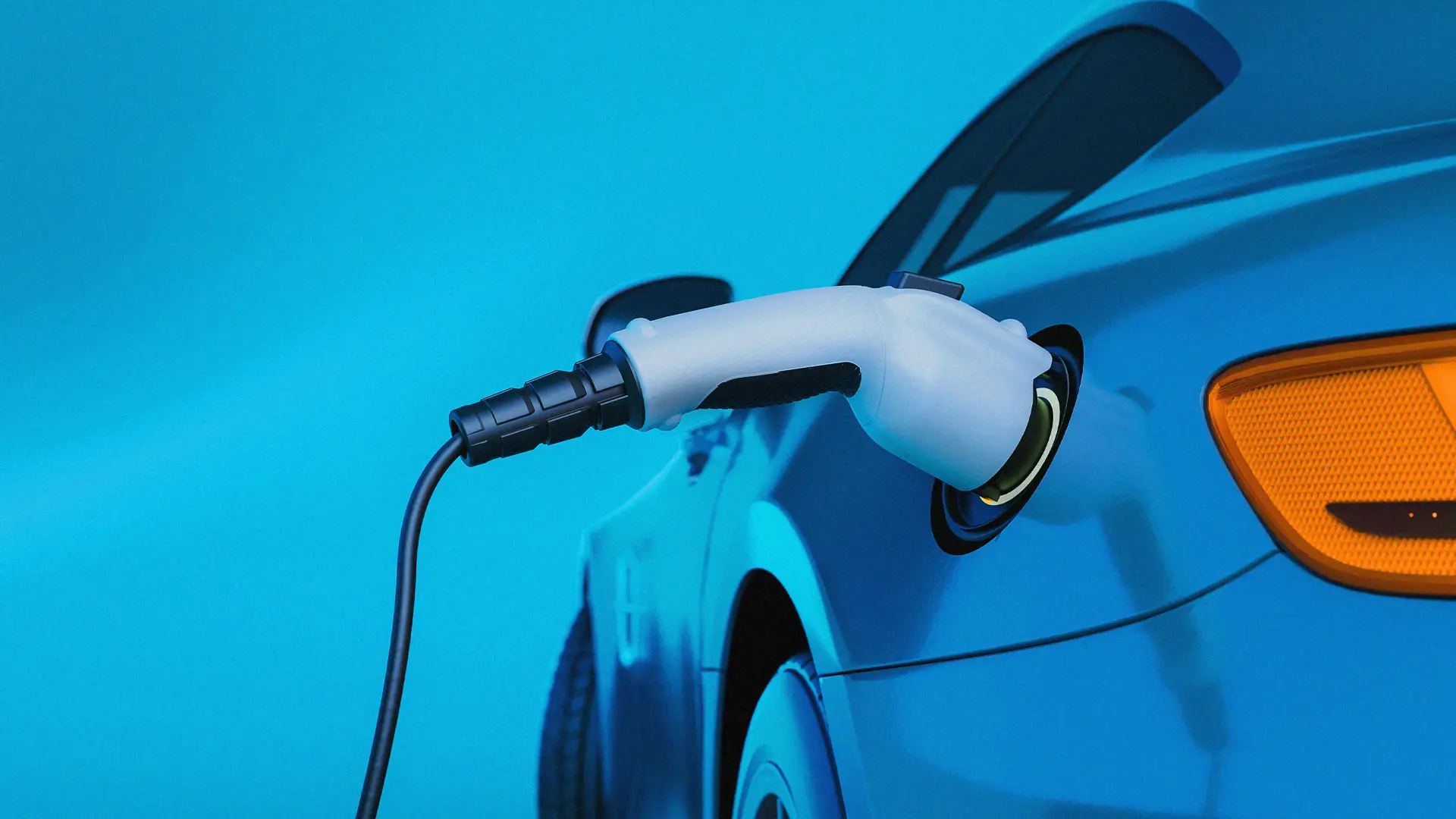Key Takeaways
- Humor can effectively dispel EV myths: Using an entertaining and irreverent approach, like the Dumb Ways To Die campaign, can help automakers debunk common misconceptions about electric vehicles (EVs) in a way that resonates with audiences.
- Common EV myths can be addressed with facts: Misconceptions like, “batteries catch fire” or “EVs can't drive in the rain,” can be tackled with simple, humorous explanations that highlight the safety and practicality of EVs.
- Social listening is essential: Automakers can leverage customer feedback from social media, forums, and service logs to proactively identify emerging myths and craft engaging content to address them.
- Turn concerns into opportunities: Issues like charging anxiety can be reframed with real-world statistics, such as AAA's EV roadside assistance data, to build consumer confidence and trust.
Listen: Tired of EV myths? Here's how to really debunk them.
It’s hard to navigate how to build a compelling marketing story in a world where facts have become, well, entirely optional. Social media and automotive forums are currently teeming with fantastical stories about electric vehicles. Sure, some of these stories, like “batteries catch fire,” do contain a kernel of truth. But, surprise surprise, there’s generally more to it than whatever clickbait is bobbing in front of you (for instance, did you know that internal combustion engine (ICE) vehicles actually catch fire five times more often than EVs?).
So, with all the EV myths—some based in fact, most grotesquely distorted—floating around, how can a savvy automaker break through with the real merits of EVs? Anything too earnest will be ignored, so perhaps an entertaining campaign could set the record straight.
A blueprint for success: learning from Dumb Ways To Die
A great case study in public education comes from an unlikely source: railway safety. In 2012, Australia’s Metro Trains Melbourne launched the iconic Dumb Ways to Die campaign. Instead of using fear-based messaging, the campaign embraced humor and absurdity, making people laugh while learning about train safety. With a catchy song and morbidly funny cartoon characters—it made for an irresistibly shareable experience that left a lasting impression.
More importantly, the globally viral campaign resulted in a significant decrease in train-related accidents. Alongside widespread public awareness and engagement with the safety message, it was one of the most awarded advertising campaigns in history.
Dispelling EV myths with humor
Imagine applying that same creative energy to busting EV myths. Having a hard time dreaming that up? Well, let’s see if we can inspire you with a little dark humor. Picture an animated explainer video with two characters sitting in their respective closed-door garages. One in an EV, calmly sipping coffee. The other, in a running gas-powered car, is not looking well. You get the idea (and hopefully, the climate deniers would, too).
There’s no shortage of stubborn misconceptions about EV safety. An irreverent and absurd campaign could take these myths head-on with fun, engaging content:
● “Can I take my EV through a car wash?” Yes! It’s waterproof. I mean, how do submarines work?
● “Can I drive an EV in the rain?” Of course. Otherwise, Norway would have a serious problem.
● “Are EVs actually worse for the environment?” Nope! Over their lifetime, EVs have a significantly lower carbon footprint than gas cars, even factoring in battery production.
● “What happens to the battery at the end of its life?” It gets recycled—unlike burnt gasoline.
● “What if my 12-volt battery dies? Will I get locked in my car?” Nope, just like with an ICE vehicle, there's always a manual override.
● “Will I get electrocuted if I charge in the rain?” No. The charging ports are sealed and designed for safety.
By leveraging social listening and customer service data, automakers can stay ahead of emerging myths and proactively address them in a fun, engaging way before they turn into a real EV crisis. Social media discussions, customer service call logs, and online forums provide invaluable insights into the common misconceptions that persist about EVs. Clever and engaging content can serve as both marketing material and a tool for automakers to reimagine customer service practices before, during, and after the sale.
Turning brand crisis management into content gold
Every customer interaction is a potential teachable moment. For consumers troubled by charge anxiety, here’s a fun fact: AAA has already adapted to the rise of EVs, providing roadside assistance to 160,000 EVs in 2023. The most common issue? Flat tires, not dead batteries. In fact, only 4% of EV-related calls were for running out of charge. That’s a golden opportunity for myth-busting content.
This content can be put to even greater use by offering insights and expertise to custom service, technical support teams, and even dealership personnel. Addressing common EV concerns through proactive, entertaining storytelling could improve the overall owner experience and boost consumer confidence.
As another example, an engaging video could debunk the “shocking” myth by demonstrating how the charging port and plug are sealed watertight, eliminating any risk of electrocution when unplugging the charger.
Even the government has figured out how to make content gold. The National Park Service has mastered the art of educational humor on Instagram with gems like this:
● “Believe in yourself like visitors who believe they can pet a bison.”
● “You learned that if you hold an ermine up to your ear, you can hear what it’s like to be attacked by an ermine.”
● “Don’t go chasing waterfalls. Cautiously approach and be careful of slippery conditions. Or maybe just stick to the rivers and lakes that you’re used to.”
Automakers could take a page from either the National Park Service or Dumb Ways To Die playbooks and create witty, informative content that sticks. If their campaigns hit, they too could find themselves with a massive EV marketing success beyond the initial public service announcement. Their campaigns could become global phenomenons with brand extensions, including mobile games, merchandise, a hit song, and a strong presence on social media, all while effectively promoting EV demand through the humorous approach to myth-busting.
Which brand will step up?
Hyundai and Ram have demonstrated a knack for humor in their Super Bowl ads. VW is a brand that has always understood the power of compelling marketing. GM’s got a bunch of new agencies undoubtedly looking to make a mark. So, who will be the first to launch a viral myth-busting campaign?
Perhaps it will have to be some third party, like Electrify America or another EV-adjacent service provider. After all, the mainstream auto brands have all been moonwalking back away from the EV market, not because of Trump, but because their Marketing Teams haven't fully cracked the code on how to sell EVs to Americans.
Someday, someone will figure it out. EVs are an ever-improving innovation with global brands like Rivian and BYD coming up with game-changing products. Whoever makes EV education both informative and entertaining could reap significant rewards—not just in sales, but shaping the EV industry’s future. To put it in perspective, if just 1 in 10 new car buyers who weren’t initially considering an EV were persuaded to make the switch because their misconceptions were debunked, the U.S. EV market could double in just one year.
So, who’s up for the challenge?
Latest.

How to create an AI pilot program that delivers results.
Leadership & Management, Consulting & Operations, Engineering & Technology, Innovation & Emerging Tech

What makes challenger banks so popular and powerful today?
Consulting & Operations, Innovation & Emerging Tech, Marketing & Analytics, Financial Services

Budget planning for 2026: A guide for university CMOs.
Leadership & Management, Consulting & Operations, Marketing & Analytics, Government & Nonprofit, Higher Education









